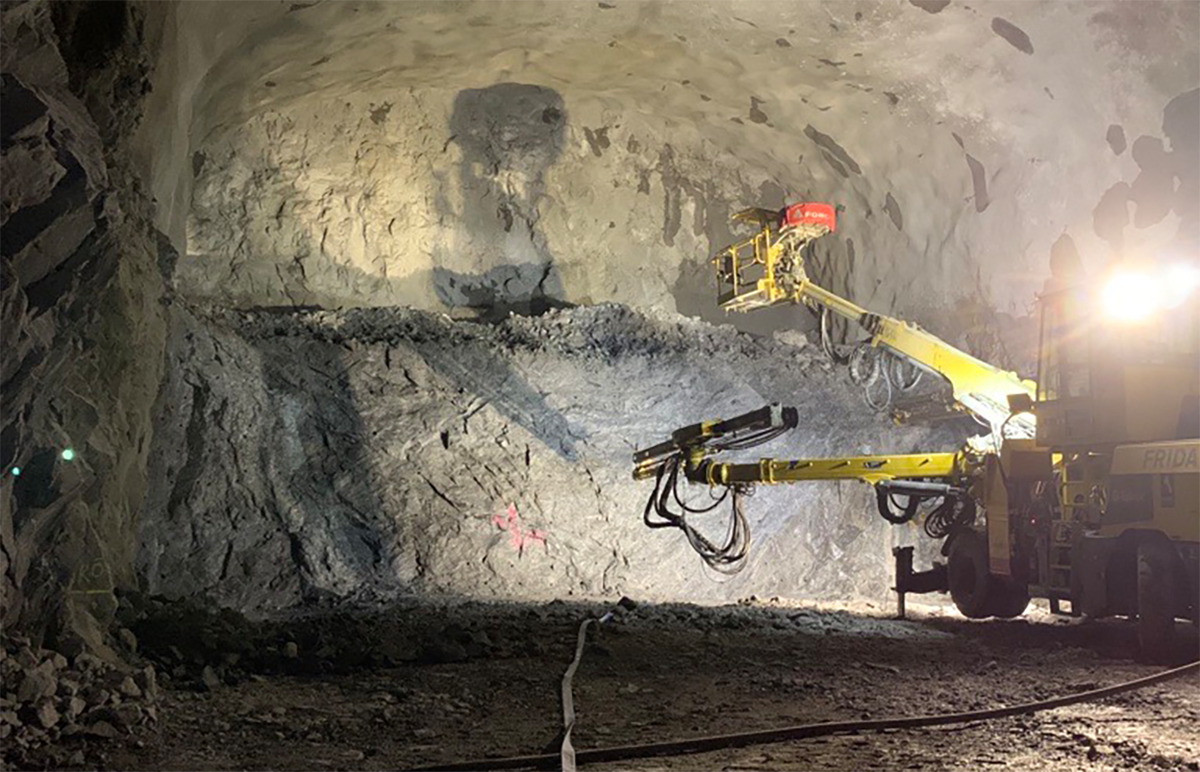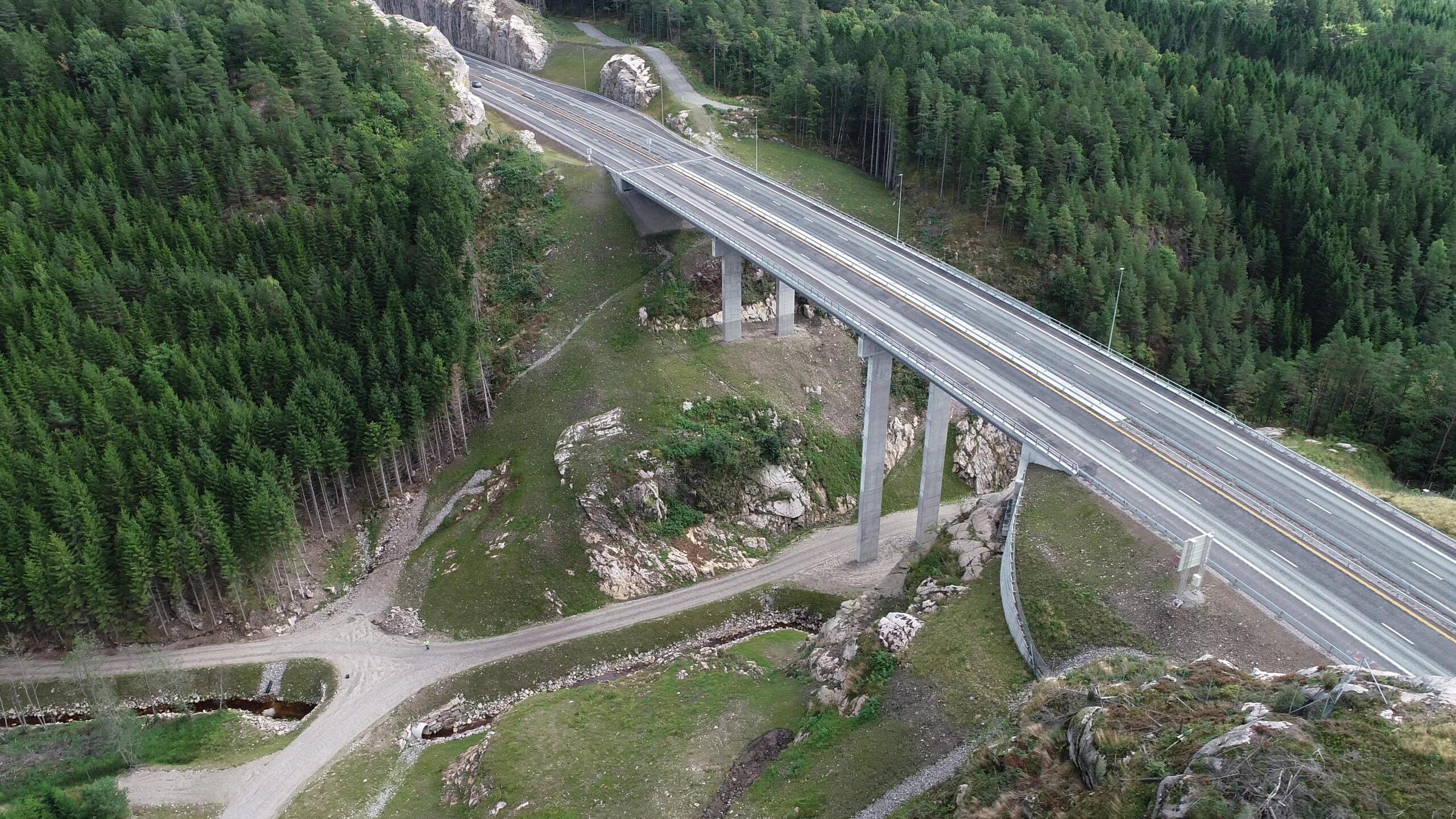CEEQUAL Excellent – Construction Only Assessment
Version 6, 2022 | Glasgow, UK
Assessed by: Stuart Angus Wills Bros Civil Engineering Ltd
Verified by: Keira McLuskey Network Rail
Client: Renfrewshire Council
Contractor: Wills Bros Civil Engineering Ltd
Project Summary
The Glasgow Airport Investment Area (GAIA) project creates the connections and infrastructure underpinning the development of Scotland’s manufacturing innovation district. It includes new roads, bridges, cycling routes and pedestrian footpaths, which will connect the Advanced Manufacturing Innovation District Scotland (AMIDS) and the nearby Westway and Inchinnan Business Parks.
The £39.1million Glasgow City Region City Deal funded GAIA project will support the AMIDS which in turn will bring new employers, jobs and opportunities to the City Region and ensure the continued success of Glasgow Airport.
Key features of the project:
• Abbotsinch Road has been realigned, upgraded, and extended, with accompanying pedestrian and cycle facilities to create a route through Netherton Campus, the central site of the manufacturing district.
• A two-lane bridge for pedestrians, cyclists and commercial traffic across the White Cart River from an approach road off Arran Avenue to Wright Street. The bridge includes a connection into Wright Street business premises, with no through route along Wright Street for vehicles. This reduces the impact of traffic on residential areas and the bridge also connects with the proposed Paisley to Renfrew cycle route, currently under development.
• A 100m long, single-span pedestrian and cycle bridge over the Black Cart, connecting Abbotsinch Road to Greenock Road. Installation of the 160-tonne steel structure was undertaken by tandem crane lift during an overnight airport closure due to the proximity to the runway.
• New and improved junctions and connections to existing cycling and pedestrian routes.
• An innovative lightweight protection structure for a series of fragile high voltage cables which substituted reinforced concrete piles and beams with 6000 recycled plastic geocellular crates and lightweight ‘LECA’ fill material.
• Over 330 extra heavy standard and semi-mature trees planted on the scheme to create an attractive avenue-style environment along the realigned road.

Metrics
| Embodied carbon emissions | 12,435 kg CO2 equivalent | 20% reduction achieved |
| Operational renewable energy potential | 1,656 kWh per year | 5% of total energy use |
| Re-used material | 31558 m3 | 55% of total material excavated |
| Waste diverted from landfill | N/A tonnes or m3 | 100% of total inert/non-haz waste |
Financial Benefits
In your view, has CEEQUAL represented value for money?
Yes. Whilst we weren’t able to quantify any financial benefits, CEEQUAL provided a framework which encouraged sustainable decision-making in the construction phase of the project.

Achievements
100% of non-hazardous wastes were diverted from landfill and either reused, recycled or used to generate waste derived fuels.
20% reduction in carbon emissions achieved when compared to baseline.

Further Information
What were the main challenges for the project and how were these overcome?
Dealing with very poor ground conditions under the footprint of the new road. This required the use of vertical drains, observation of settlement periods and the use of geogrids to achieve a solid foundation.

What were the drivers and perceived benefits for undertaking a CEEQUAL assessment on this project?
There was a greater focus on opportunities to minimise waste and maximise resource efficiency than there would likely have otherwise been.
What elements of this project highlight best practice and innovation?
The innovative cable protection structure eliminated huge quantities of reinforced concrete and replacing them with recycled plastic and air.

Quotes
“By undertaking a CEEQUAL assessment we gave ourselves a reason to bring together key members of the project team at regular intervals and challenge them to think about sustainability as part of their day-to-day decision-making on things such as methods of working and material selection.”
Stuart Angus – Design & Sustainability Manager, Wills Bros (Contractor)
BREEAM Infrastructure insights and case studies
Browse the latest insights, thinking and case studies from BREEAM Infrastructure

Stockholm Metro Nacka project awarded Excellent

Stockholm Metro Sofia access tunnel a BREEAM Infrastructure success

Stockholm Extended Metro access tunnel Sundstabacken achieves CEEQUAL Excellent rating

Preparatory works for the new water treatment system in Oslo achieves BREEAM Infrastructure Excellent rating

E39 Mandal øst – Mandal

